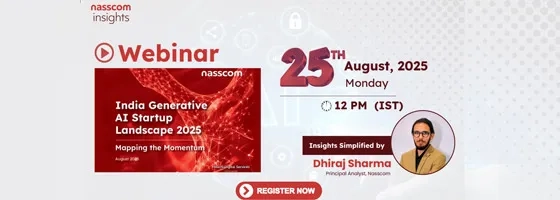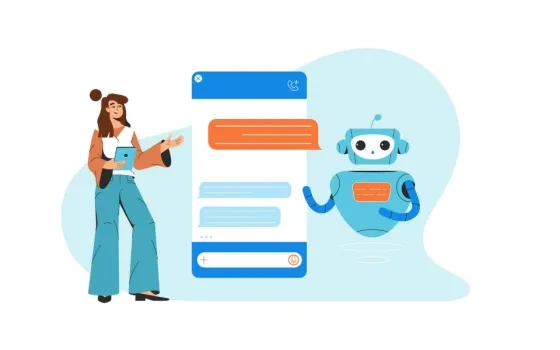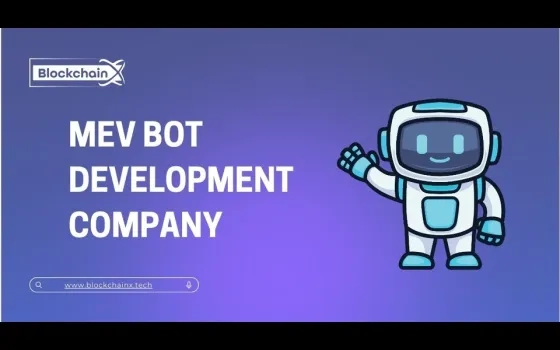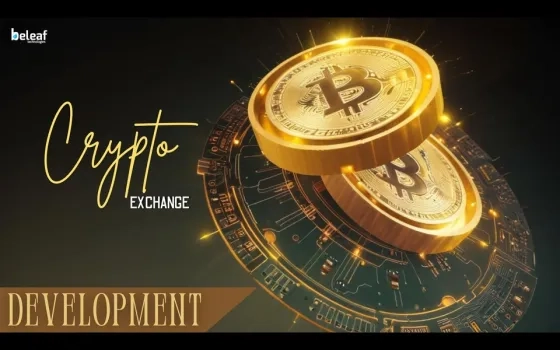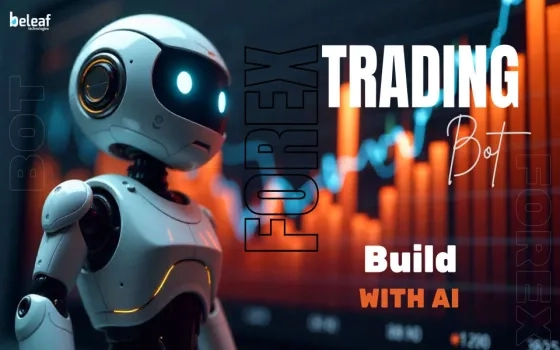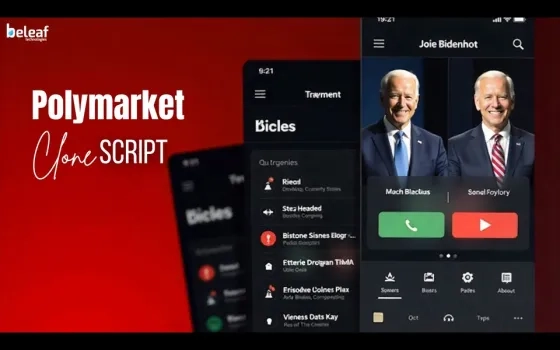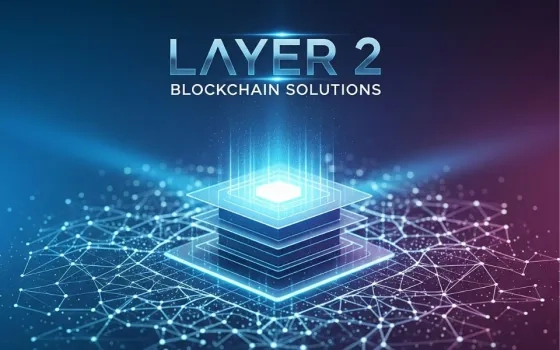The emergence of Web3 has fundamentally transformed how communities form, interact, and sustain themselves in digital ecosystems. Unlike traditional web platforms, Web3 emphasizes decentralization, tokenized incentives, and direct user ownership. This new paradigm brings both opportunities and challenges for projects seeking to build strong, engaged communities. Leveraging social platforms effectively is now an essential strategy for Web3 projects to thrive, attract loyal users, and maintain a vibrant ecosystem around their tokens, NFTs, or decentralized applications (dApps).
Understanding the Importance of Community in Web3
Unlike traditional tech products, Web3 projects do not operate in isolation. Their success is intertwined with the communities that support them. Whether it’s contributing liquidity, providing feedback, participating in governance, or spreading the word, community members are active participants rather than passive consumers. Social platforms serve as the primary interface for this interaction.
Community-driven growth is particularly critical in decentralized projects where trust, transparency, and engagement directly influence adoption and sustainability. Strong communities also attract investors, collaborators, and partners, making social platforms essential not just for marketing but for building credibility and fostering long-term resilience.
Understanding the Role of Social Platforms in Web3
Social platforms are no longer just channels for marketing they are central hubs for community building, information dissemination, and user engagement. In Web3, platforms like Twitter (X), Discord, Telegram, Reddit, and emerging decentralized social networks play a critical role in connecting projects with their audience. These platforms enable projects to communicate directly with users, solicit feedback, and foster a sense of belonging among early adopters. The decentralized nature of Web3 means that communities often act as the backbone of a project, supporting adoption, governance, and long-term growth. Therefore, social platforms are not just marketing tools they are essential instruments for cultivating trust, credibility, and collaboration.
Choosing the Right Social Platforms for Your Project
Every Web3 project has a unique audience, and not all social platforms are created equal. Twitter has long been the primary communication hub for crypto enthusiasts, influencers, and investors, offering real-time updates and viral visibility. Discord, on the other hand, excels in fostering intimate communities with direct engagement, offering channels for announcements, discussions, and AMAs (Ask Me Anything sessions). Telegram offers a straightforward messaging-based interface ideal for rapid updates and community coordination, while Reddit is perfect for long-form discussion, debates, and community-led initiatives. Emerging decentralized social platforms like Lens Protocol or Bluesky provide a blockchain-native environment, aligning more closely with Web3 values of ownership and decentralization. Choosing the right combination of platforms allows a project to maximize reach while ensuring deeper community engagement.
Crafting Engaging Content That Resonates
Content is the lifeblood of social engagement. In Web3, successful content strategies revolve around clarity, transparency, and value. Projects should focus on educating their audience about their technology, tokenomics, roadmap, and community incentives. Explainers, tutorials, and infographics simplify complex blockchain concepts, making them more accessible to newcomers. Meme culture, while often underestimated, is a powerful engagement tool in crypto communities—it conveys identity, humor, and shared values, often leading to organic virality. Furthermore, content should always prioritize authenticity; users can quickly detect marketing fluff, which can damage trust. Combining educational, entertaining, and interactive content ensures the community remains informed, entertained, and motivated to participate.
Hosting Community Events and AMAs
Community events are crucial for building meaningful connections in Web3. AMA sessions, webinars, and live Q&A sessions allow team members to interact directly with users, addressing concerns, explaining project updates, and fostering transparency. These events humanize the project, giving the community a sense of ownership and trust. Virtual events, such as NFT drops, token staking competitions, or collaborative hackathons, also encourage active participation. By creating spaces where users can contribute, ask questions, and receive recognition, projects can turn casual followers into loyal advocates, strengthening community cohesion.
Leveraging Influencers and Thought Leaders
Influencers remain a highly effective tool for amplifying project reach and credibility. In Web3, influencers are not just social media personalities—they are community leaders whose opinions significantly impact adoption and investor confidence. Partnering with influencers can help projects reach niche audiences, increase visibility during token launches, and validate credibility in crowded markets. However, influencer strategies must be carefully executed to ensure alignment with the project’s values. Micro-influencers, particularly those deeply embedded in specific Web3 niches, often provide more authentic engagement than mainstream figures. Collaboration with thought leaders in blockchain, DeFi, NFTs, or gaming communities can also position a project as a trusted, authoritative voice.
Building Incentivized Engagement Through Tokenomics
Web3 communities thrive on incentives. Tokenized engagement models allow projects to reward users for participation, loyalty, or content creation. These incentives may include governance tokens, NFTs, staking rewards, or early access to features. Platforms like Rally, Roll, or POAP enable the creation of digital badges and rewards for community participation. By integrating tokenomics into community activities, projects can encourage meaningful contributions rather than passive observation. For instance, active participants in a Discord server could receive tokens redeemable for project merchandise, NFT airdrops, or voting rights in governance proposals. Incentivized engagement not only boosts retention but also creates a sense of ownership and investment among community members.
Encouraging User-Generated Content
User-generated content (UGC) plays a pivotal role in community-driven growth. In Web3, UGC can range from fan art and memes to tutorials, guides, and market insights. Projects that highlight and reward UGC amplify community voices while creating authentic marketing content. Social platforms make this sharing easy—users post creations on Twitter threads, Discord galleries, or Reddit discussions, generating organic reach. Recognizing top contributors through shoutouts, rewards, or special privileges further strengthens loyalty. Moreover, UGC often fosters innovation as community members contribute ideas, features, or solutions that the core team may not have envisioned. This participatory approach aligns perfectly with Web3’s decentralized ethos.
Integrating Social Listening and Analytics
Understanding community sentiment is essential for Web3 projects. Social listening tools enable teams to track conversations, identify trends, and respond proactively to feedback or concerns. Analytics provide insights into engagement metrics, growth patterns, and content performance, informing data-driven strategies. For example, projects can measure the effectiveness of campaigns, determine which types of content resonate most, and identify potential community leaders. Platforms like LunarCRUSH, Dune Analytics, and Nansen provide blockchain-focused analytics, allowing projects to monitor token performance alongside social engagement. By leveraging social listening and analytics, teams can stay agile, respond to community needs, and continuously optimize strategies.
Establishing Transparent Governance Channels
Transparency is a cornerstone of Web3 community trust. Social platforms serve as vital channels for communicating governance decisions, updates, and voting procedures. Whether through Discord polls, Twitter Spaces discussions, or decentralized governance dashboards, providing clear avenues for community input enhances legitimacy. Decentralized Autonomous Organizations (DAOs) often rely on social platforms to engage members in decision-making, from funding proposals to protocol upgrades. By openly sharing plans, roadmaps, and challenges, projects foster a participatory culture where users feel empowered rather than sidelined. Transparent governance reduces friction, builds trust, and encourages long-term commitment from the community.
Collaborating Across Web3 Ecosystems
No Web3 project exists in isolation. Strategic collaborations across ecosystems amplify reach and strengthen credibility. Joint ventures with other projects, co-hosted events, cross-chain partnerships, or influencer collaborations can expose communities to new audiences. Social platforms are ideal for promoting these collaborations, sharing updates, and celebrating milestones. Cross-community engagement also fosters knowledge sharing and networking, creating a richer ecosystem for all participants. By integrating collaborative initiatives into social strategies, projects demonstrate their commitment to ecosystem growth and collective success, rather than focusing solely on self-promotion.
Adapting to Emerging Social Trends
Social platforms are constantly evolving, and Web3 projects must stay ahead of trends. New features like Twitter Spaces, Discord Stage Channels, TikTok-style short videos, and live streaming capabilities provide innovative ways to engage communities. Similarly, decentralized social networks and Web3-native platforms are gaining traction, offering opportunities to align brand presence with the core principles of decentralization. Staying adaptable and experimenting with new formats ensures that projects remain relevant, engage younger demographics, and maximize visibility in crowded markets.
Crisis Management and Community Resilience
Even the best-managed communities face challenges, from market downturns to project delays or negative press. Social platforms provide a direct line to users during crises, allowing for timely updates, clarifications, and reassurance. Effective crisis management relies on transparency, empathy, and prompt action. Projects that communicate openly, acknowledge issues, and involve the community in solutions often emerge stronger and more trusted. Discord announcements, Twitter threads, or community-wide AMA sessions can be invaluable tools in maintaining community cohesion and mitigating reputational risks.
Measuring Long-Term Community Success
The ultimate goal of leveraging social platforms in Web3 is sustainable community growth. Success metrics go beyond follower counts—they include engagement levels, participation in governance, content creation, cross-platform activity, and retention rates. Monitoring these metrics over time allows teams to evaluate which strategies are most effective, identify areas for improvement, and celebrate milestones with the community. A thriving, engaged community not only supports the project in the short term but also acts as a long-term growth engine, driving adoption, partnerships, and secondary market activity.
Conclusion
In the Web3 ecosystem, social platforms are much more than marketing channels—they are the foundation of community, trust, and long-term success. By choosing the right platforms, creating engaging content, incentivizing participation, hosting events, collaborating with influencers, and fostering transparent governance, projects can cultivate vibrant, resilient communities. Social platforms provide the tools to listen, adapt, and co-create with users, ensuring that projects remain relevant, credible, and capable of sustained growth. Ultimately, the projects that master the art of leveraging social platforms will not only survive but thrive in the decentralized digital economy, building communities that are active, loyal, and invested in their success.

